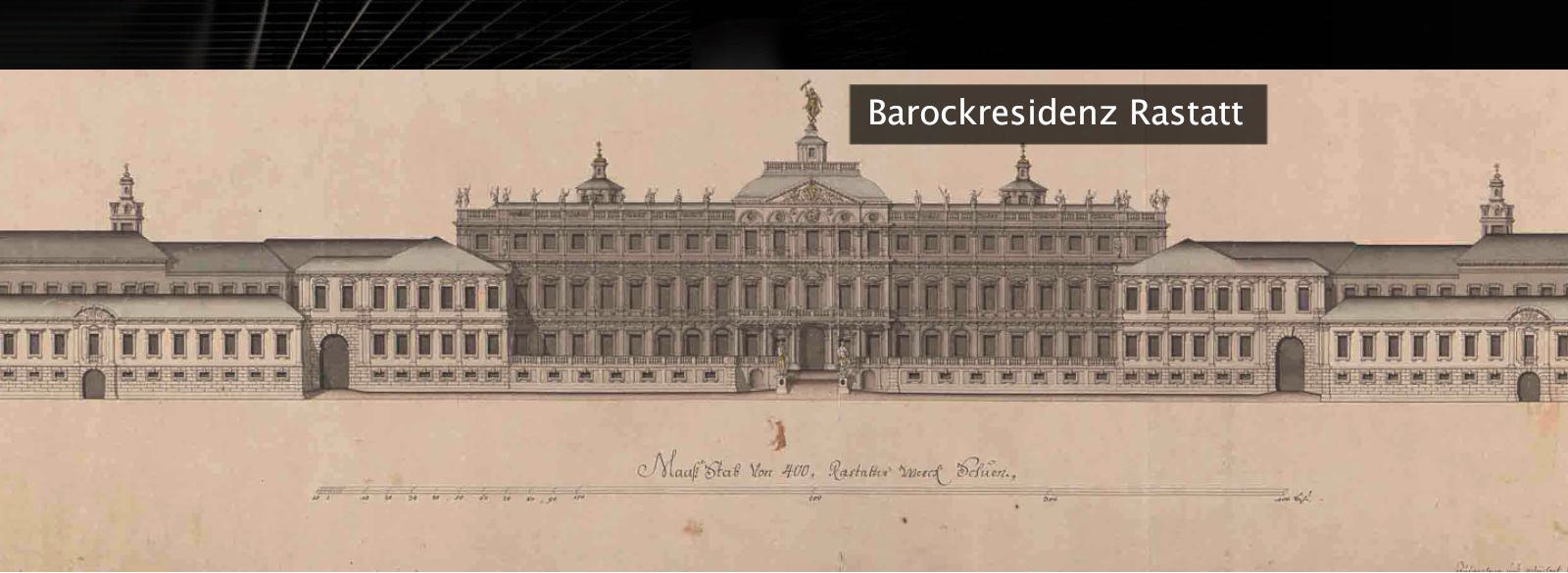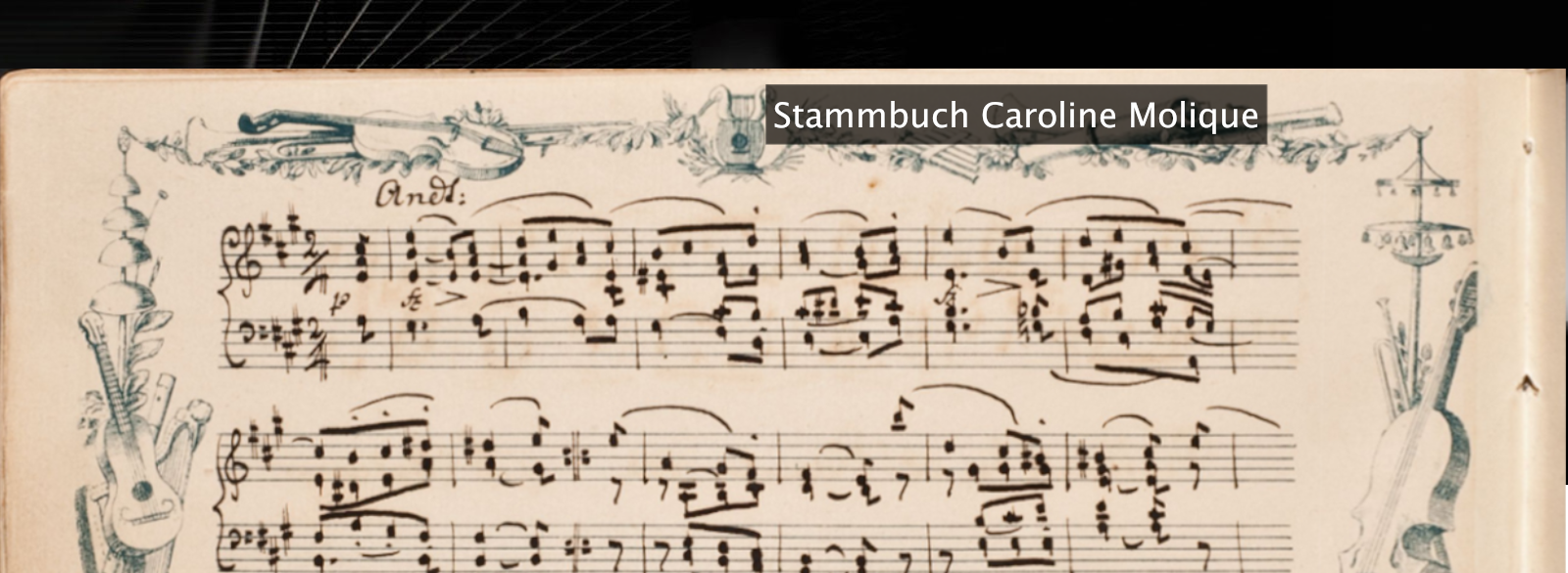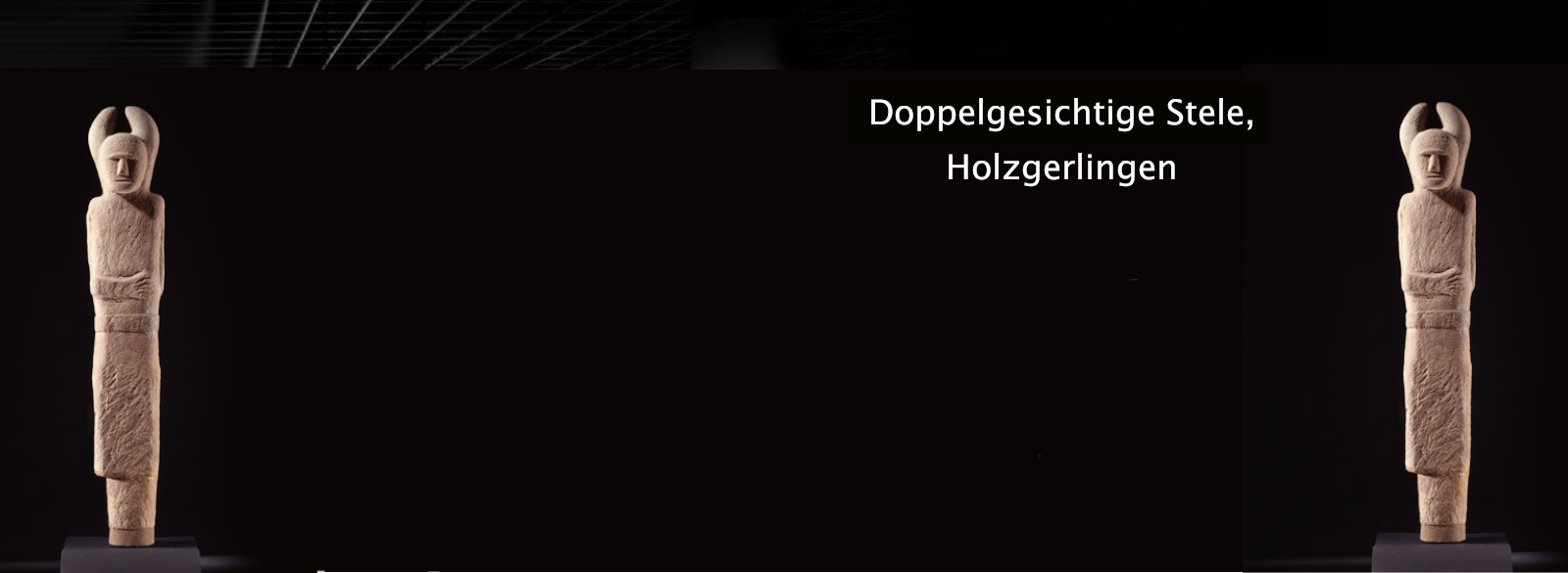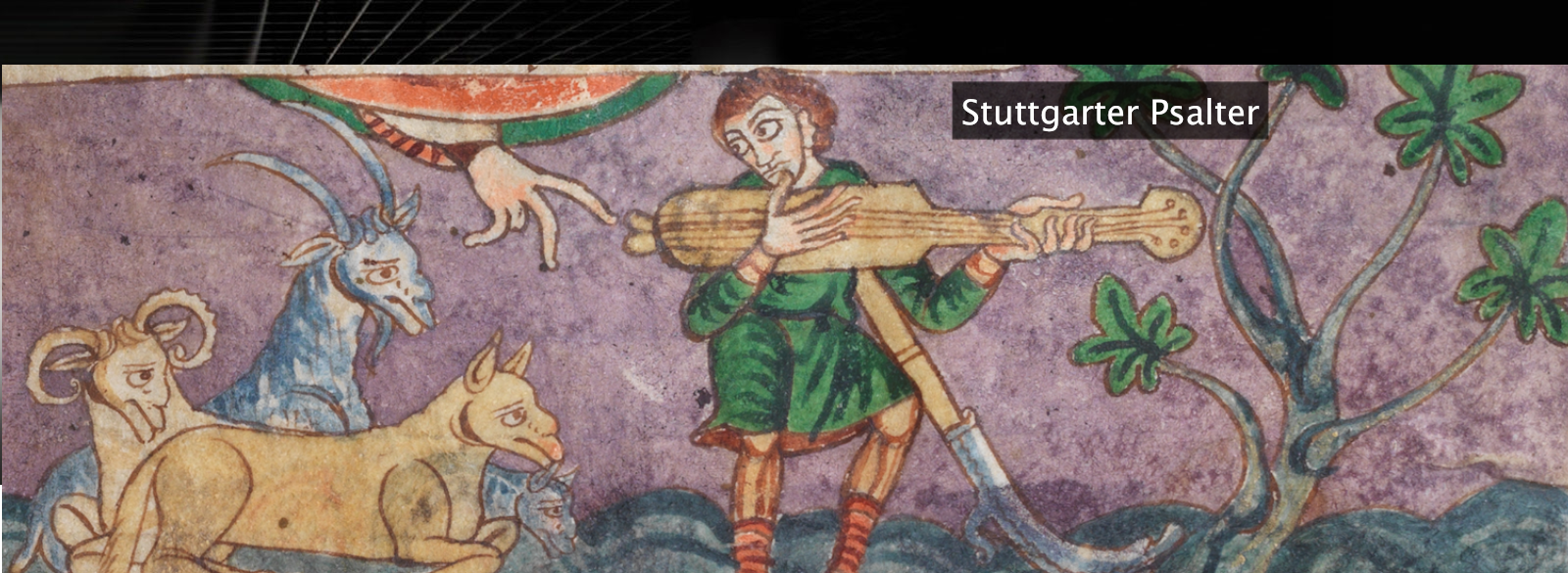Genotype-phenotype studies in bipolar disorder showing association between the DAOA/G30 locus and persecutory delusions a first step toward a molecular genetic classification of psychiatric phenotypes Thomas G. Schulze, Stephanie Ohlraun, Piotr M. Czerski, Johannes Schumacher, Layla Kassem, Monika Deschner, Magdalena Gross, Monja Tullius, Vivien Heidmann, Svetlana Kovalenko, Rami Abou Jamra, Tim Becker, Anna Leszczynska-Rodziewicz, Joanna Hauser, Thomas Illig, Norman Klopp, Stefan Wellek, Sven Cichon, Fritz A. Henn, Francis J. McMahon, Wolfgang Maier, Peter Propping, Markus M. Nöthen, Marcella Rietschel
| Erscheinungsform: | Aufsatz |
| Autor/Urheber: | |
| Beteiligte: | - Ohlraun, Stephanie
- Czerski, Piotr M.
- Schumacher, Johannes
- Kassem, Layla
- Deschner, Monika
- Gross, Magdalena
- Tullius, Monja
- Heidmann, Vivien
- Kovalenko, Svetlana
- Jamra, Rami Abou
- Becker, Tim
- Leszczynska-Rodziewicz, Anna
- Hauser, Joanna
- Illig, Thomas
- Klopp, Norman
- Wellek, Stefan
- Cichon, Sven
- Henn, Fritz A.
- McMahon, Francis J.
- Maier, Wolfgang
- Propping, Peter
- Nöthen, Markus M.
- Rietschel, Marcella
|
| Umfang: | 8 |
| Anmerkungen: | Gesehen am 09.11.2020 |
| Identifikatoren/Sonstige Nummern: | 1738264009 [PPN] |
| In: | Stanford, Calif. : HighWire Press, 1844 162(2005), 11, Seite 2101-2108 volume:162 year:2005 number:11 pages:2101-2108 extent:8 |
| Inhalt: | - OBJECTIVE: The authors previously reported an association between the D-amino acid oxidase activator (DAOA)/G30 locus and both schizophrenia and bipolar affective disorder. Given the presumed role of DAOA/G30 in the neurochemistry of psychosis and its localization in a schizophrenia and bipolar affective disorder linkage region (13q34), it was hypothesized that the bipolar affective disorder finding would be mainly due to an association with psychotic features. METHOD: The marker/haplotype associations obtained in a subset of 173 bipolar affective disorder patients with psychotic features were similar to those in the overall patient group, suggesting that stratification on the basis of psychotic features in general might be too crude a procedure. The authors therefore tested whether confining caseness to specific psychotic features would improve detection of genotype-phenotype correlations. RESULTS: In a logistic regression, “persecutory delusions” were found to be the only significant explanatory variable for the DAOA/G30 risk genotype among 21 OPCRIT symptoms of psychosis. The authors therefore tested for association between DAOA/G30 and bipolar affective disorder in the 90 cases with a history of persecutory delusions. Whereas this subset showed strong association (odds ratio=1.83 for the best marker), the remaining larger sample of 165 patients with no such history did not differ from comparison subjects, suggesting that the association between DAOA/G30 and bipolar affective disorder is due to persecutory delusions. This was confirmed in an independent study of 294 bipolar affective disorder patients and 311 comparison subjects from Poland, in which an association between bipolar affective disorder and DAOA/G30 was only seen when case definition was restricted to cases with persecutory delusions. CONCLUSIONS: These data suggest that bipolar affective disorder with persecutory delusions constitutes a distinct subgroup of bipolar affective disorder that overlaps with schizophrenia.
|
| URL: | https://doi.org/10.1176/appi.ajp.162.11.2101 |
| Weiter im Partnersystem: | https://swb.bsz-bw.de/DB=2.1/PPNSET?PPN=1738264009 |
















 leobw
leobw